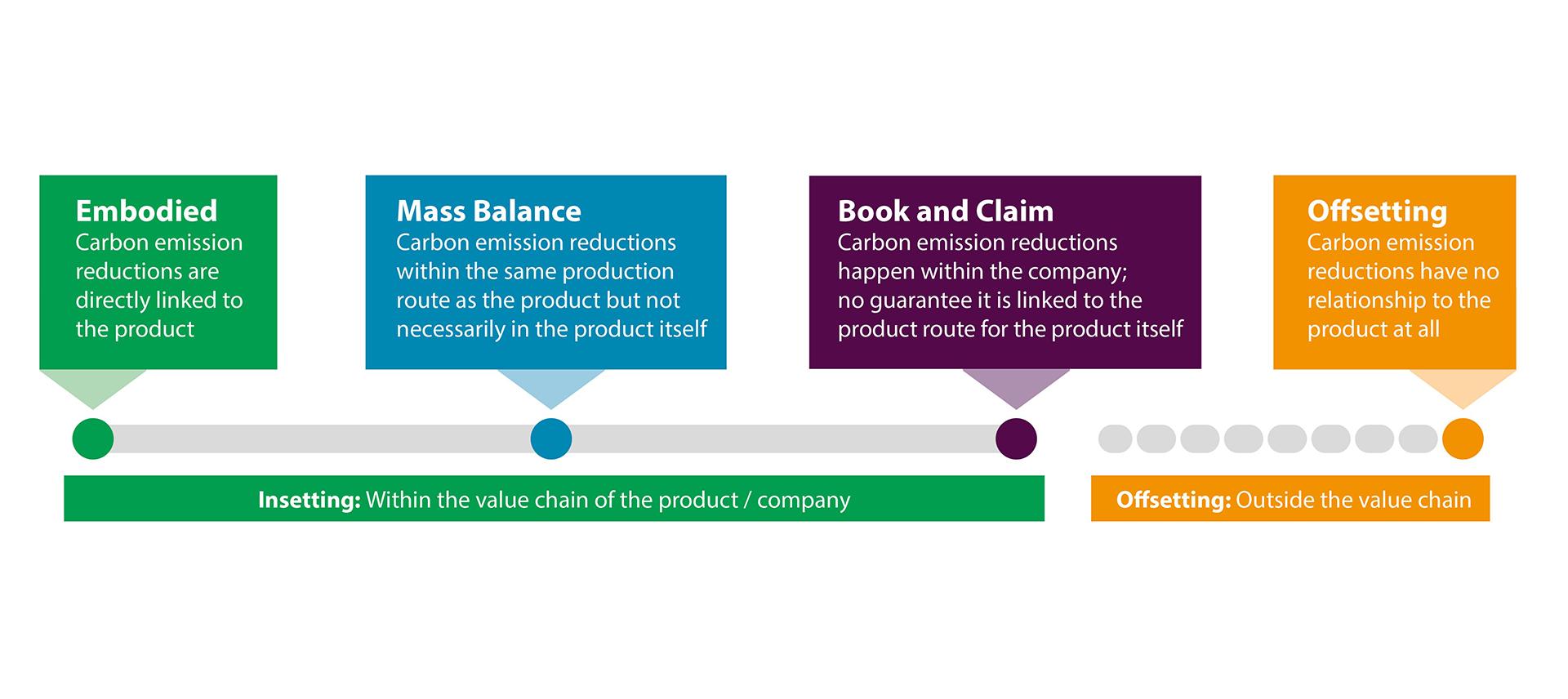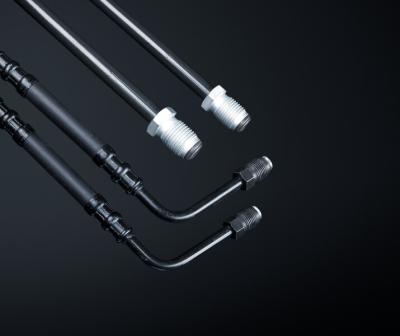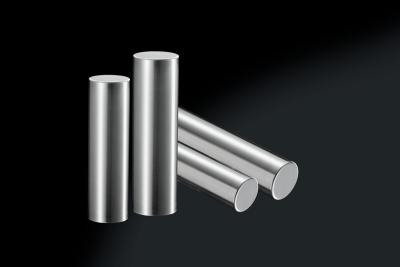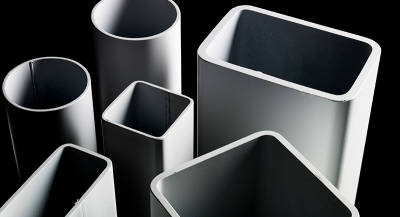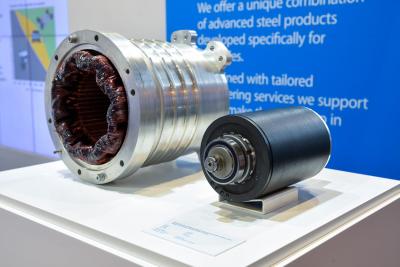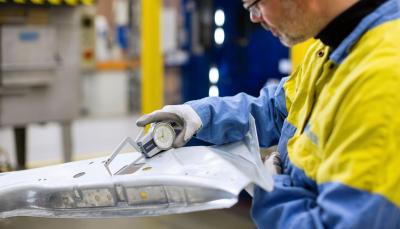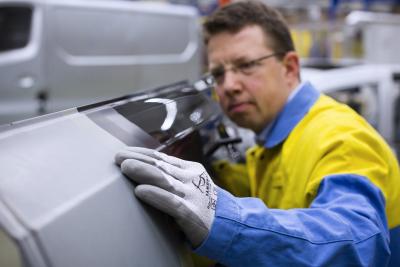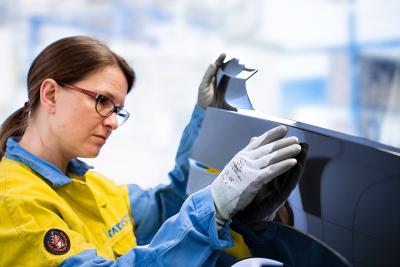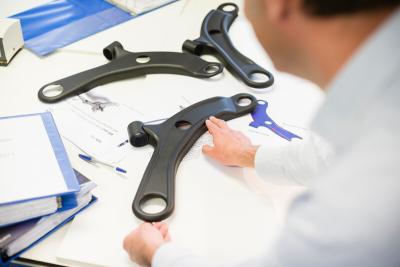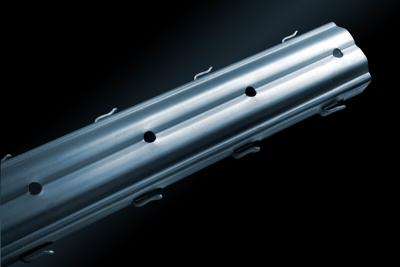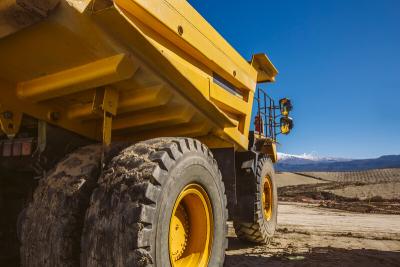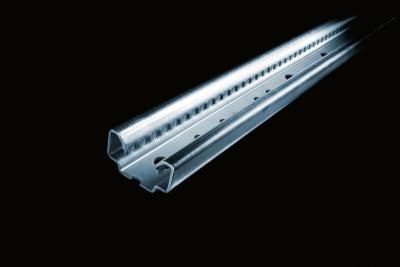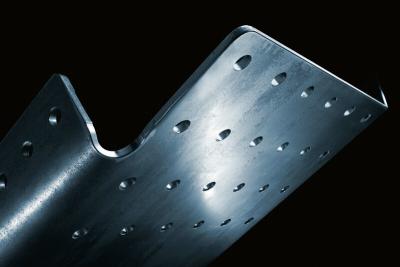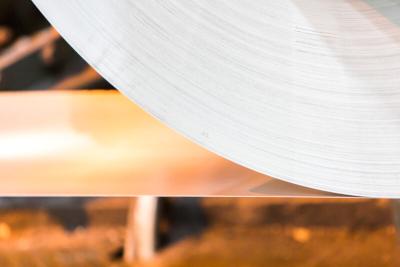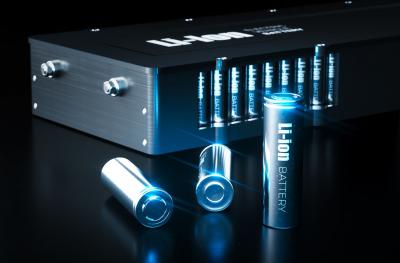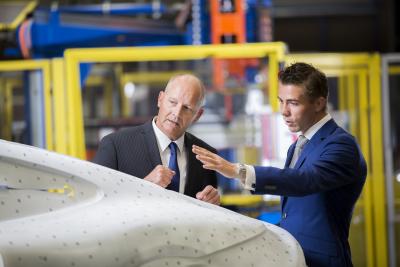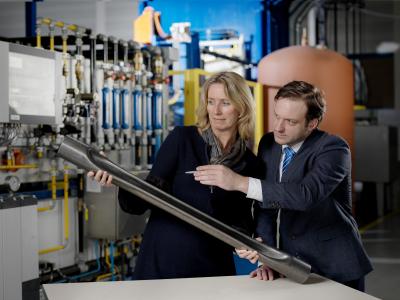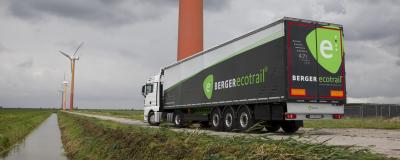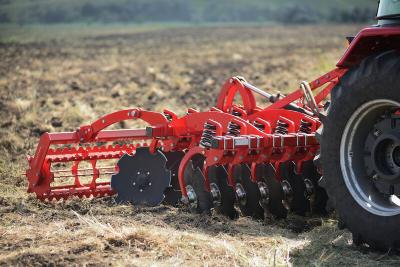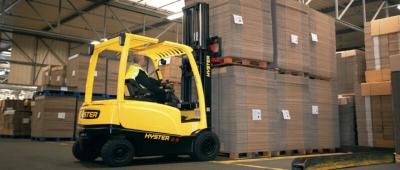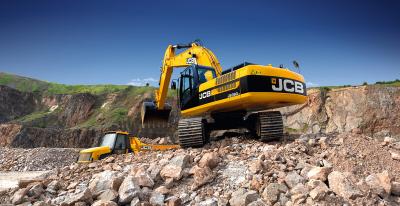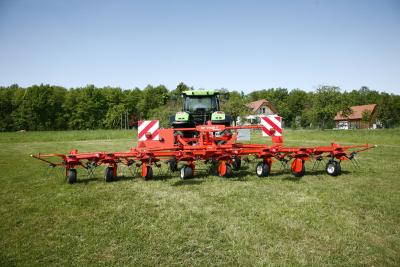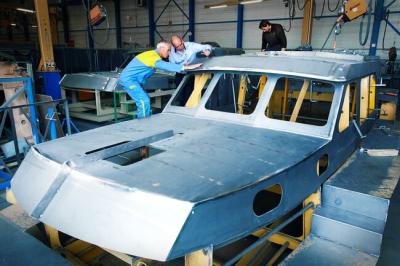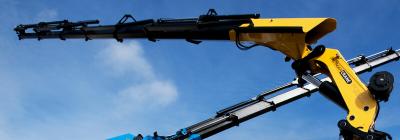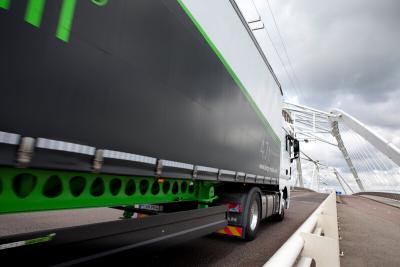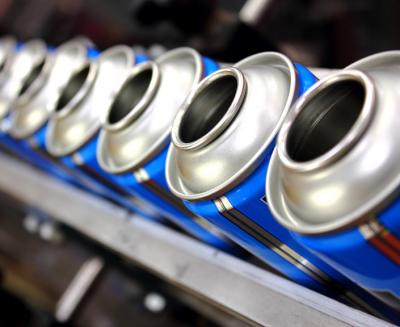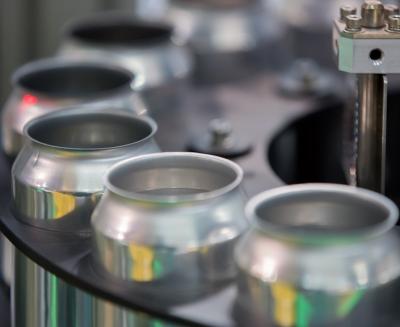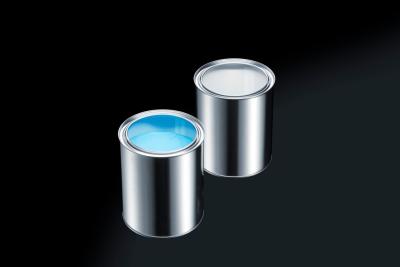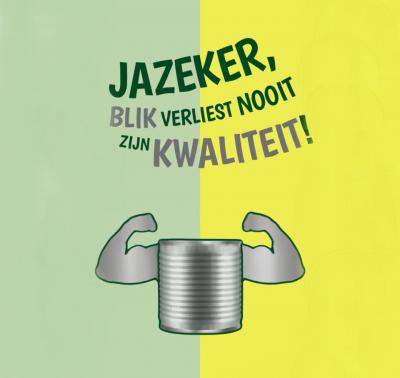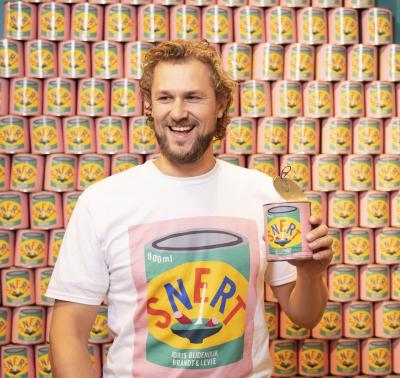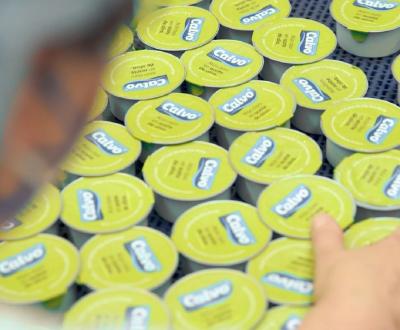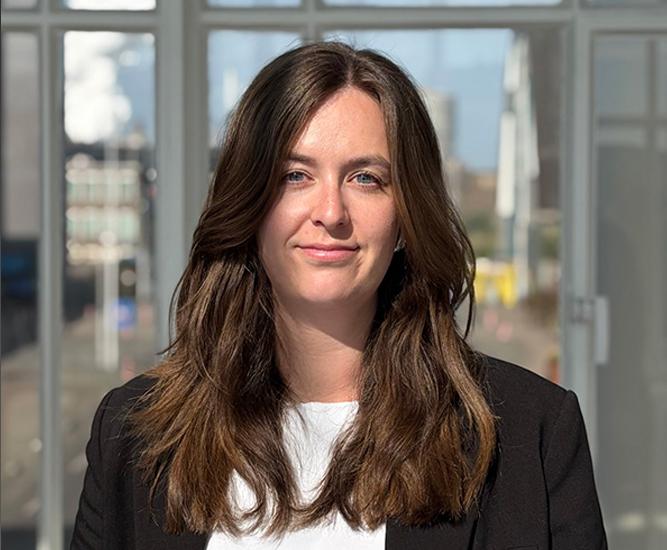
What role do you play and what expertise do you bring to the field of sustainable steel solutions?
As a Carbon Reduction Manager at Tata Steel Nederland, I am responsible for establishing and maintaining a valid carbon bank, which is essential for our Zeremis reduced CO2e and circular solutions. It is my role to ensure the strength and compliance of our solutions with relevant standards.
Currently, I concentrate on managing our chain of custody processes to ensure transparency and accountability. I make sure we follow the GHG protocol standards around our CO2e emission reduction projects.
My expertise lies in implementing the mass-balance and book-and-claim principles within our Zeremis portfolio.
What do you think our customers need?
I believe that the most important aspect for our customers is the credibility of our solutions and their adherence to relevant standards. With so many different solutions available, it can be challenging for customers to discern the differences and determine which ones align with their required standards. Transparency is a key component of credibility. It is crucial that we openly share with our customers the setup of our propositions, the projects included in our carbon bank, the operation of our carbon bank, and how we align with the relevant standards. I am always eager to assist in customer conversations by providing information about our processes, explaining the relevant standards and principles, and demonstrating how our propositions align with them.
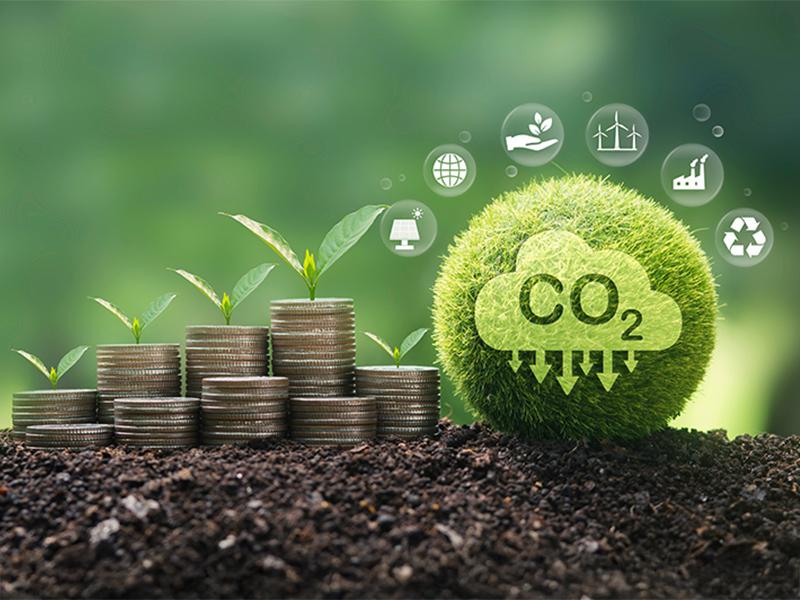
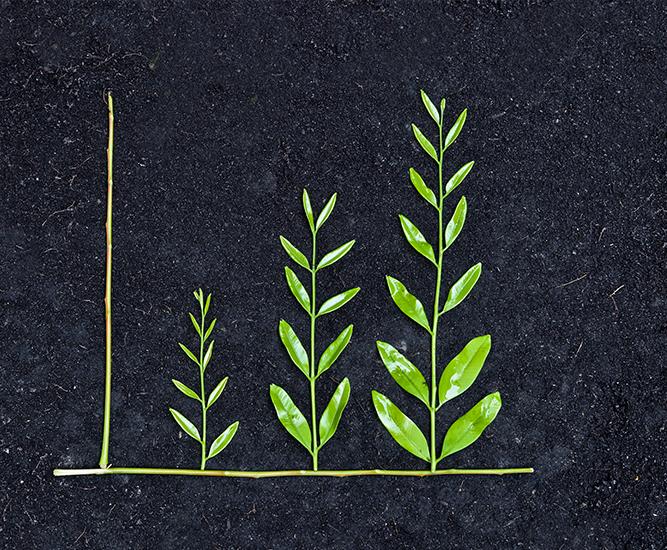
What are the upcoming trends in your field of expertise that customers will find important in the next 10 years?
The current landscape is always changing; comparing the situation two years ago to the present shows significant changes. Trends and standards are constantly developing, and customers are becoming more discerning of available solutions and standards. This is completely justified. Standards are always being updated, developed, or created anew. I expect that these stricter standards will build more trust in mass-balance and book-and-claim solutions and improve understanding of their importance. Achieving sustainability goals will be difficult without these models. Therefore, it's important for us to collectively move toward highly mature standards that ensure the credibility and trustworthiness of these solutions in delivering actual CO2e reductions.
What are you really good at as Tata Steel Nederland?
I believe we are strong in partnering and co-developing solutions with our customers, which we believe is crucial for success. Tata Steel Nederland serves a wide range of customers, each operating within their unique sustainability frameworks. I frequently engage with customers, including sustainability experts, purchasing and marketing teams, and their external support, to comprehend their standards and how our solutions meet them. This may involve discussions or workshops on life cycle assessment (LCA), establishing our customers own carbon bank, assurance, applying the chain of custody methodology, or aligning with relevant standards such as the GHG protocol.
We are noticing a growing interest from our customers about our Zeremis solutions and we see an increasing demand for expert meetings with customers. At the same we learn more and more about the specific industry requirements from them.
Is there something specific you want to teach about the usage of steel in terms of CO2 footprint?
I want to emphasize that there is no single solution for reducing carbon emissions related to the usage of steel. It will require a variety of solutions tailored to different industries and evolving over time. This will involve ongoing development, innovation, and collaboration across the entire value chain, including steel usage. It's important to understand the range of solutions available and the standards behind them, and to focus on collaboration and innovation to develop solutions and standards that will truly benefit the planet.
